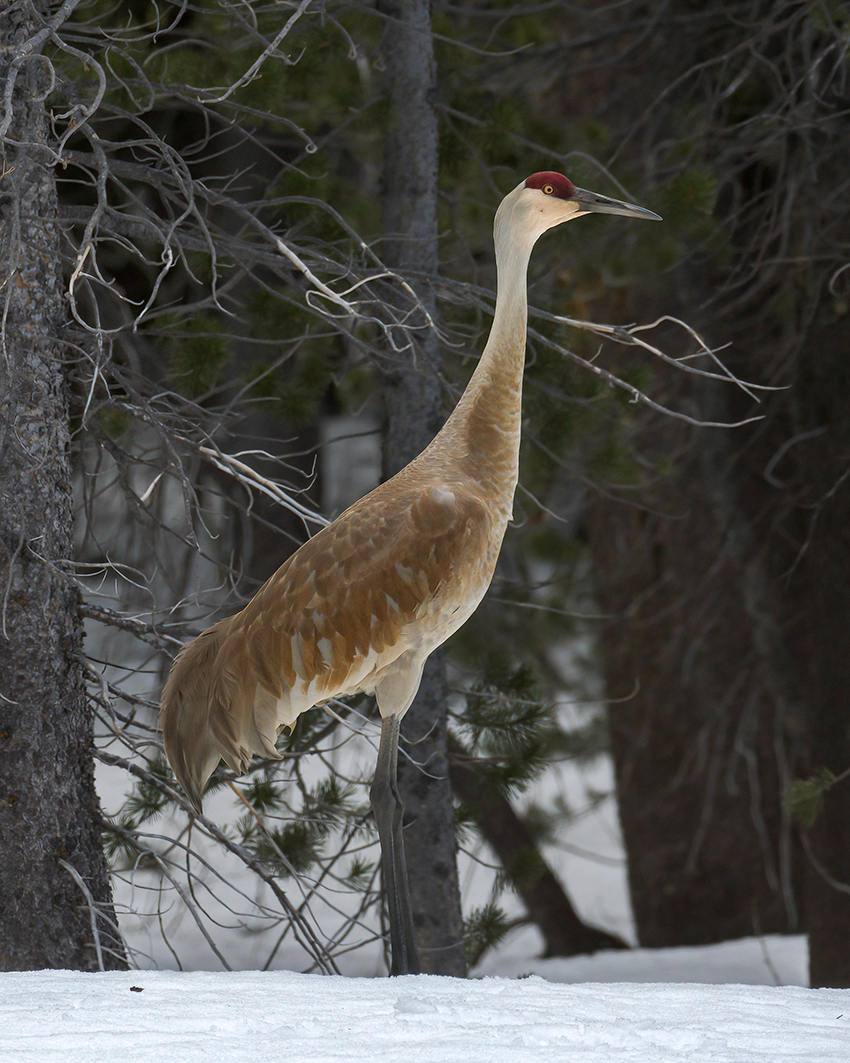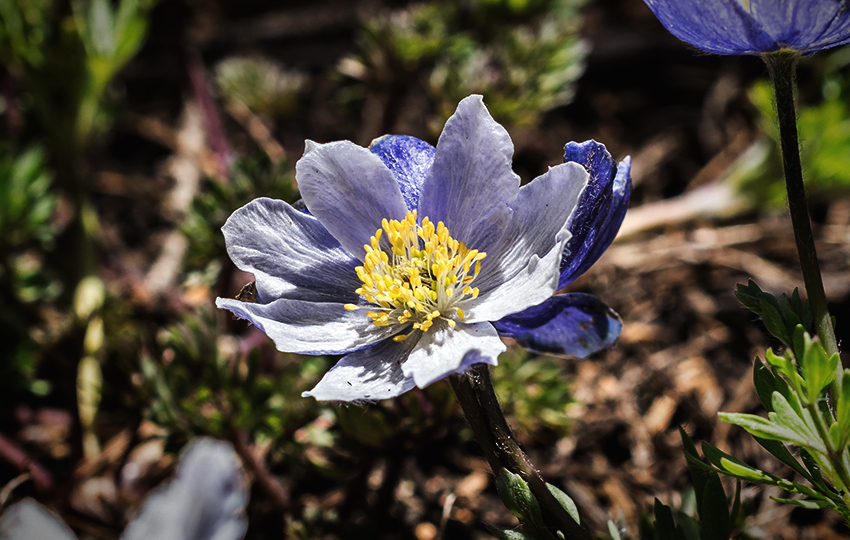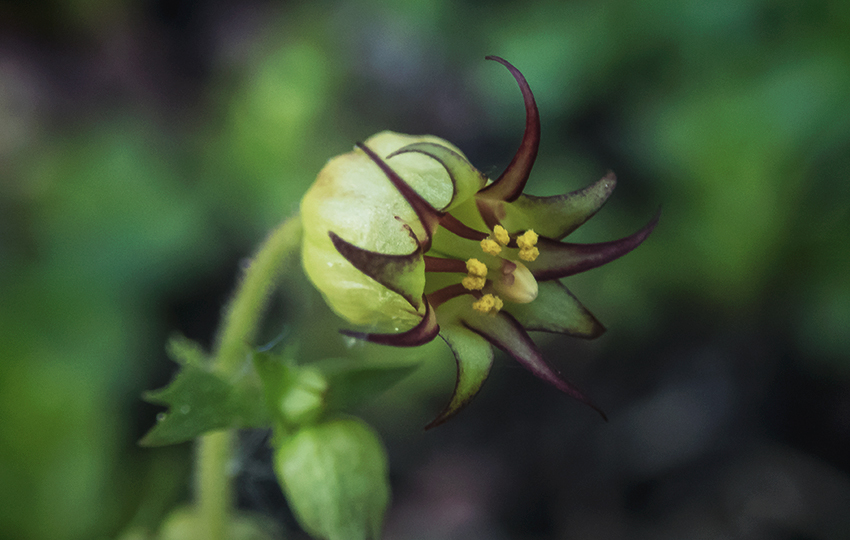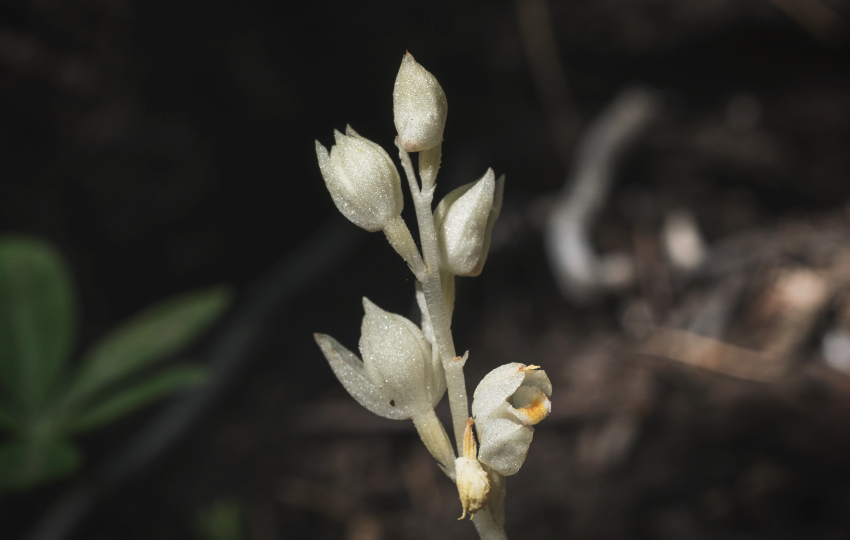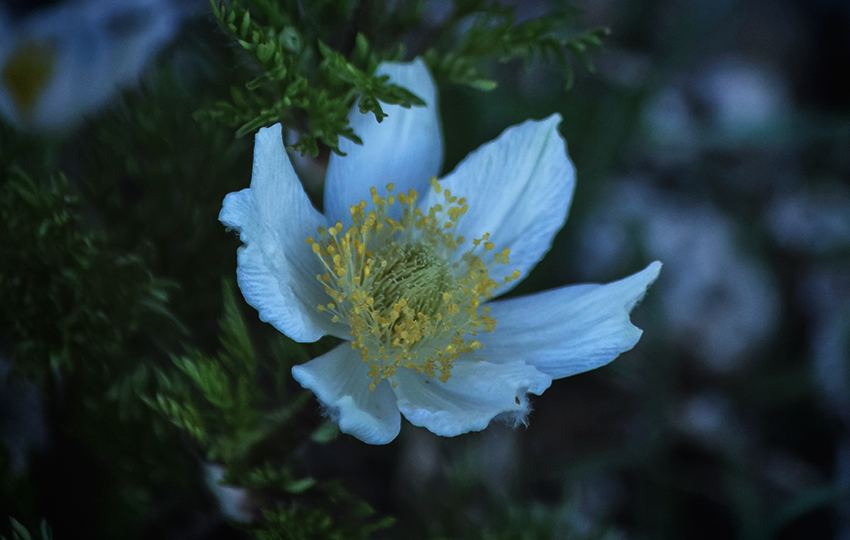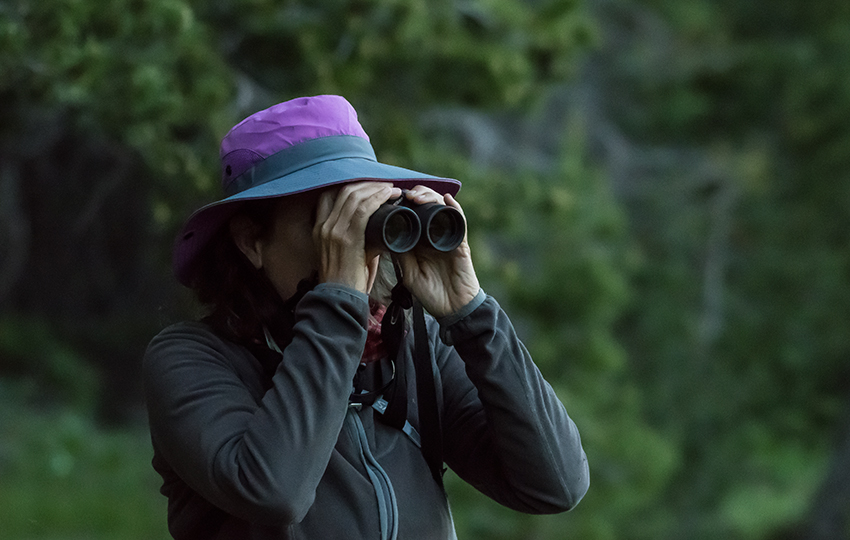
Take what I’m about to recommend in this article with a grain of salt. Don’t get me wrong. I totally recommend that you participate in at least one Big Year during your lifetime. Just know that this recommendation comes from someone who’s both obsessive and compulsive. I’m also very competitive. And I love to collect certain things. That said, continue reading for my considerations and reasons for doing a Big Year.
Before I go any further, however, I have to admit that Big Years are tough. And this is true regardless of whether you seek birds or wildflowers.
To participate in a Big Year is to constantly be on the grind. Every time you leave the house for work, to shop for groceries, or visit a friend is an opportunity to find more species. Ideally, you’re on the hunt the moment you set foot outside your home. I can’t tell you how many fortuitous observations I’ve made just by paying attention during the “in-between” times where I happen to be out and about.
Support Tahoe Trail Guide with a financial contribution via PayPal (single contribution) or Patreon (reoccurring contributions). Your support of Tahoe Trail Guide is very much appreciated!

For example, while driving home from the grocery store the other night I stopped to investigate a small mud puddle near my route. As a result, I found four new plant species for my 2022 Tahoe Wildflower Big Year. I actually saw more than six other species at this seemingly benign location. However, I didn’t technically need those other species for my Big Year at that point because I had already documented them. However, observing 10+ plant species in the span of ten minutes on my way home from the store is not a bad haul. Obviously, this won’t always be the case. But the bottom line is that you’ll never know what’s out there unless you stop and look.
At the other end of the spectrum are all the times I searched my favorite “hot spots” and came up with goose eggs, zilch, nada, nothing. Very frustrating, especially after planning everything out and making a day of it. But nature has its own agenda and it often doesn’t coincide with our own.
On the adventures where you do locate new species, you’ll spend countless hours referencing books, websites, and fellow participants for help with identifying them. That is, if you haven’t already done that in the field. And if you choose to photograph your Big Year (like me), remember to factor in additional hours to process your photos.
Then, depending on how big your haul was for the day (i.e. number of species photographed), you could easily spend 1-4 hours/day renaming, processing, and uploading those photos/files. This is assuming that you’re participating in an organized Big Year with a website/hub to log your species (i.e. iNaturalist.org – more on this later).
Your friends and family will grow tired of hearing you constantly talk about your Big Year. Trust me, after about the first month most of them won’t give a rip about your species count or the one that got away. Other than your fellow (fun) competitors, you’re essentially going to be in your own world for the entire year.
That last bit is often the most challenging aspect about doing a Big Year for many people. That is, putting their normal social lives on hold to spend a lot of time outside by themselves.
Big Years require a lot of time, effort, patience, and flexibility. You have to be responsive and “heed the call” whenever there’s a current sighting of a rare species. I personally find this latter aspect to be the most challenging of any Big Year.
All of that sounds awesome, doesn’t it?
Believe it or not, I’m not trying to discourage or scare you away from participating in a Big Year. I just want to be upfront about my personal experience(s) with these year-long endeavors. This year (2022) marks the third Big Year out of the past four years for me.
- 2022 – Tahoe Wildflower Big Year (plants, 2nd place with approx. 560 species)
- 2021 – Tahoe Big Year (birds, 3rd place with 201 species)***
- 2019 – Tahoe Wildflower Big Year (plants, 2nd place with approx. 350 species)
Again, I can be a bit obsessive and compulsive and I love a good challenge.
So, with all of these drawbacks why would anyone want to do a Big Year?
***Although our bird count numbers in Tahoe are low compared to those logged in an official North American Big Year, finding 200 (or more) bird species in the Tahoe/Truckee region is exceptionally challenging. It’s a very small group of people who can claim that they’ve reached that total.
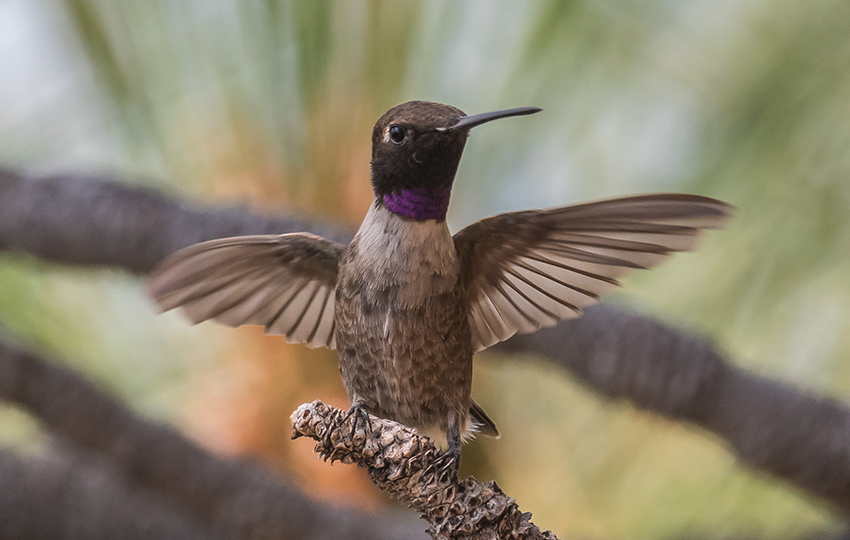
What’s a Big Year?
Just in case you aren’t familiar with a Big Year, let me provide some clarity.
A Big Year is a personal and mostly informal year-long event in which you search for and document certain species of wildlife or plant life (as defined by the challenge).
Historically, Big Years have been dedicated to finding as many unique bird species within an established boundary during the calendar year. However, you can adapt this “big year” concept to any species. In fact, the Tahoe Institute for Natural Science (TINS) hosts a Tahoe Wildflower Big Year every three years (since 2016). This wildflower year actually includes all plant life (trees, shrubs, ferns…). But you get the picture.
Even though many Big Years are hosted by a professional organization, the events are often based on the honor system. For example, many Big Years devoted to birding allow you to identify a species just by their sound or song. Others require you to actually see the birds.
Regardless of the rules, however, it’s always best to capture video or photos of rare species. This is because the event’s organizers will question you logging a rare species without any proof or documentation. And usually this occurs when you’re a new birder, for example. That’s because there are so many bird species that are distinguished by one or two very subtle diagnostic features. Even experts can find it difficult to definitely ID a species without some sort of visual documentation of the species in question.
Some Big Years require you to photograph all of the species that you find. The Tahoe Wildflower Big Year comes to mind, here. That’s because TINS hosts the event on the website iNaturalist.org. This site requires media (i.e. photographs) in order to confirm species. But plants don’t fly away when you approach them! So, taking photos of plant life is a relatively manageable task. Well, that is unless you insist on taking countless photos from every possible angle of the plant like I do. Haha!
Then, be prepared for a lot of work ahead of you with regard to processing and uploading your photos. But many plants, as obvious as they may seem, are also not very easy to ID without proper documentation.
For a fun and artistic representation of this whole Big Year experience, watch the movie The Big Year #ad. You could also read the book from which the movie originated #ad. Both are incredible and both provide inspiration for going out and doing your own Big Year.
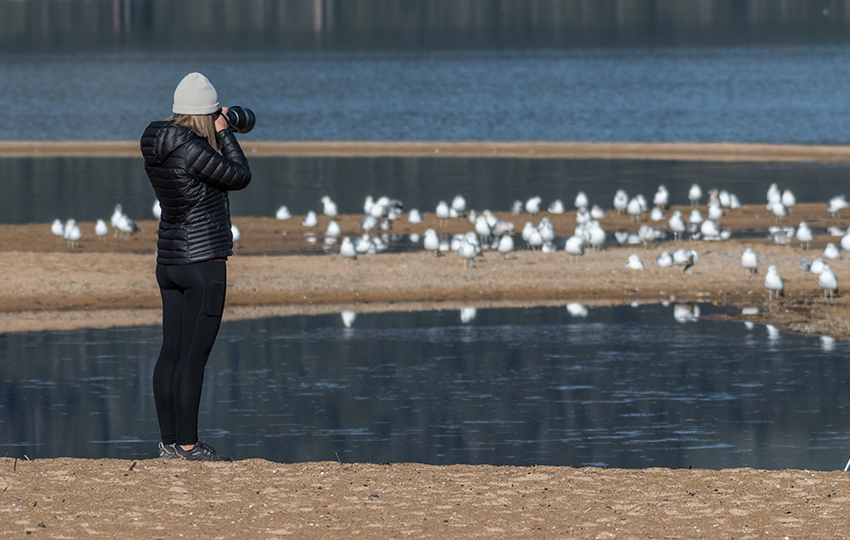
Who Participates in a Big Year?
Anyone with a love for nature!
Really, though, there are generally two different kinds of participants in any given Big Year. Obviously there will be degrees and variations within these two groups, but you could easily classify participants as either being casual or die hard competitors.
Casual participants make up the vast majority of Big Year participants. These participants are selective and reserved when seeking species and devoting time to the event. For the casual participant, the Big Year is often secondary, tertiary, or even further down on their list of priorities compared to “normal” life. They want to support and be a part of the event. They find joy in the camaraderie and learning experience. And perhaps they only want to focus on certain species or locations. The bottom lines is that they’re not 100% invested in their performance. And there’s nothing wrong with this approach.
Then there are the die hards. These competitors make up about ten percent of the field. This group of participants, whether they’re new to the game or long-time veterans, is what I’m mostly referring to in this article.
If you know anything about me from reading previous articles or watching any of my YouTube videos, I’m an all-or-nothing type of person. I want to have the most immersive experience as possible when participating in any event. And this is the approach that I recommend you take when doing your Big Year. Surrender to the event and take it as far as you can. Eat, sleep, and breathe the Big Year. Allow yourself this one year to do this thing right. Make that commitment.
All of that said, a Big Year can be as relaxed or intense as you want it to be. But I recommend going all in to get the most out of the experience.
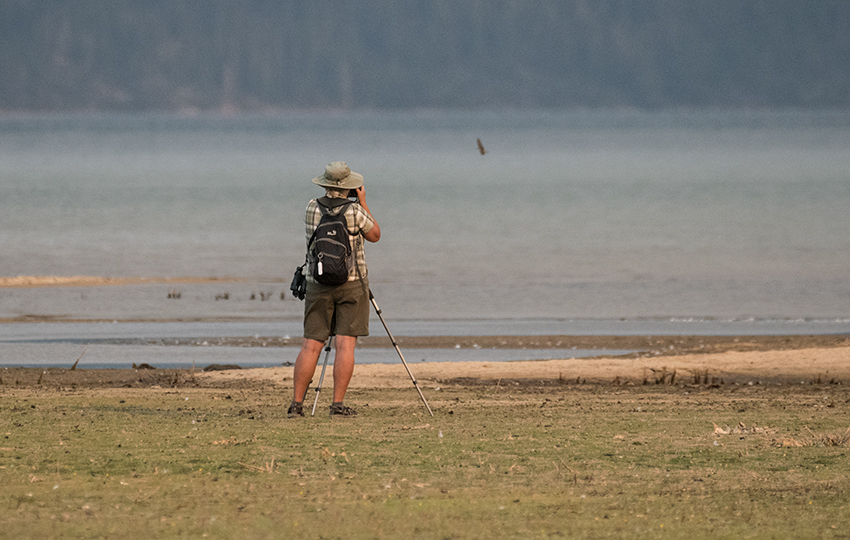
Why Participate in a Big Year?
As you might imagine, there are countless reasons behind participating in a Big Year. But I generally find that they fall into three main reasons.
- Increases Our Awareness of the Natural World
- Challenges Us to Exceed Our Own Expectations
- Builds Camaraderie Among Fellow Nature Enthusiasts
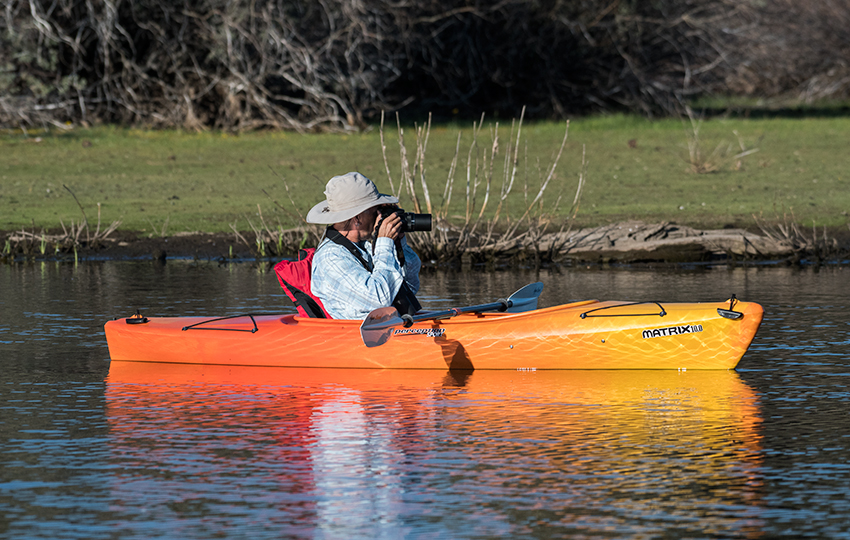
Increase Your Awareness of the Natural World
Learning about wildlife and plant life is probably the number one reason why anyone would want to participate in a Big Year. Without question, this is the single most important reason and benefit that I experience from doing Big Years. I particularly appreciate that the Big Years in which I participate are in my home region (Tahoe/Truckee). So, I’m constantly learning about the natural world of my “backyard.”
Not only does learning about the local fauna/flora increase my appreciation for my home. I also become more attuned to nature and its seasons. Big Years inspire me to track and experience species throughout the seasons. This is evident in seeing birds’ plumage change from non-breeding to breeding, and then back to non-breeding. Or, if I’m studying plants, I can witness a species grow from a seedling to its full blooming self, and then watch it as it declines after fruiting.
You become immersed in the natural world because you’re constantly working within this framework of a Big Year. And the competitive nature of a Big Year inherently causes you to look closer at that which you’re studying. This is because that plant that’s just starting to bud, for example, begs you to come back to it when it flowers so that you can get a positive ID of it. Without flowers or a bird’s breeding plumage, definitively IDing a species is challenging, to say the least. So you have to stick with them and follow them over time in order to confirm them.
I realize that all sounds like a lot of work and obsessiveness. But that’s how it’s done. Not everything blooms at the same time. Not ever bird breeds at the same time. So, nature expresses itself on its own time. And you have to be willing to go along for the ride. But this process of discovery and the unveiling of nature’s mysteries are what make it all worthwhile.
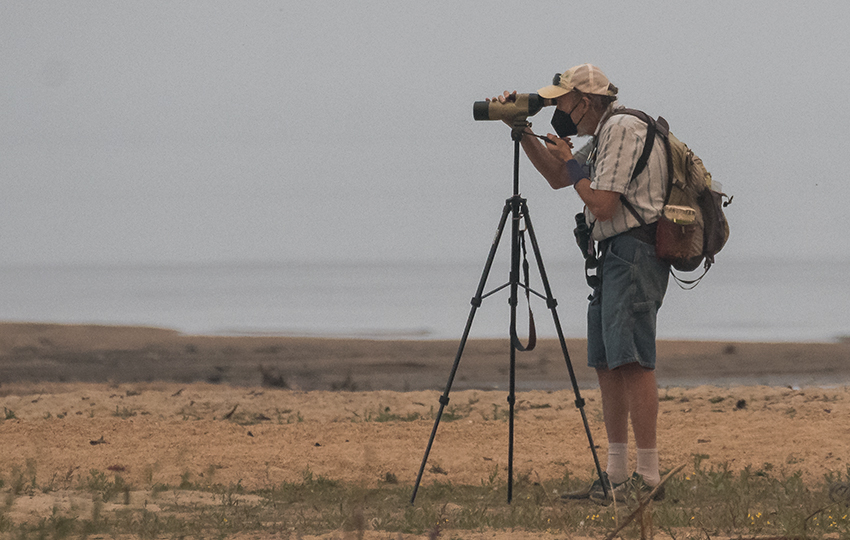
Challenges Us to Exceed Our Own Expectations
Although a Big Year is a friendly competition amongst nature enthusiasts, I don’t necessarily recommend trying to win the whole thing. At least not in your first year, anyway! Unless you have the time, resources, and appropriate knowledge (species and locations), I recommend picking a challenging (for you) goal and sticking to that.
Now if that goal in which you ultimately achieve puts you in the top 10 (or higher!), so be it. But the struggle is real if you’re trying to make the podium. Again, challenge yourself but don’t try to fly to the moon with a handful of helium-filled balloons.
Use your Big Year as an opportunity to increase your knowledge. Discover new locations, habitats, and micro-climates, as well as new species! And try to understand why those species live in that habitat rather than another. Traveling to new locations based on the behavior of fauna and flora breaks us out of our routines. Nature is everywhere, not just along our favorite hiking trails!
Develop your ability to pick out anomalies within patterns. Notice unique shapes and colors in your pursuit of developing your perception and situational awareness. You’d be surprised at how many different plants, for example, that can occupy a very small space. This makes it difficult to discern what you’re looking at. As a result, people often just walk past all of that green. But you never knows what’s growing in that patch unless you give it a closer look. Just because there aren’t any obvious flowers doesn’t mean that there aren’t any flowers at all. You may just have to find them.
Work from general to specific in your learning process. And when you increase your knowledge, then start to dig into some of the more challenging and subtly different species. Flycatchers and Gulls come to mind with birds, while Lupine comes to mind with flowers.
The bottom line is that there are so many species with so many subtle variations that it’s nearly impossible to log them all. Don’t beat yourself up over that fact. Unless botany or wildlife biology is your area of expertise, you’re going to leave a lot of stuff on the table. But that just means you have more to learn for the next time around!
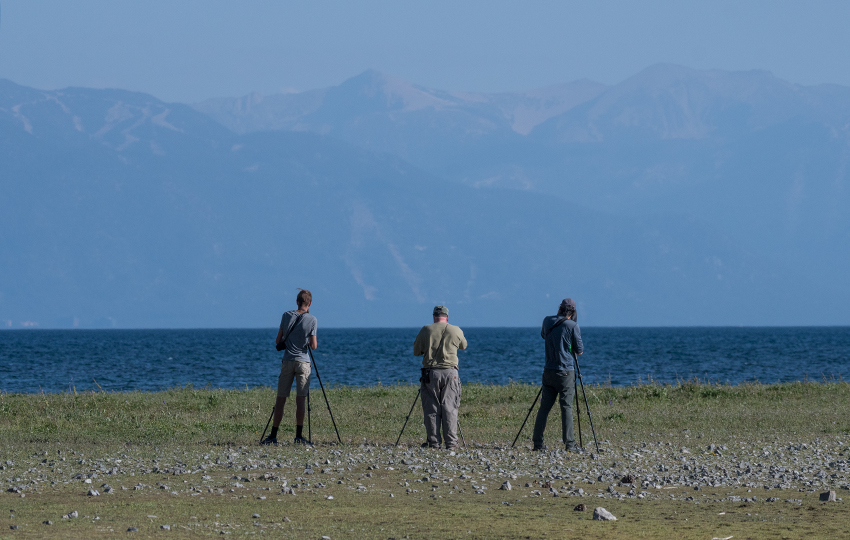
Builds Camaraderie Among Fellow Nature Enthusiasts
That building camaraderie bit is just a fancy way of saying that you’re going to make new friends. I’ve met so many cool people who’ve become friends, peers, and mentors during my Big Years. And the more you invest in your Big Year, the more people are going to want to help you learn. This sometimes comes in the form of them offering you access to their “secret” locations. Or, they may offer you some diagnostic shortcuts to positively IDing various species.
Keep in mind that I’m not talking about quid pro quo scenarios, here. What I’m referring to is the free flow sharing of information between like-minded people in pursuit of a similar goal. And, that goal isn’t necessarily about winning the competition. Rather, it’s about celebrating the amazingness of nature and helping to bring awareness to it (so that people will want to invest in its preservation!).
All of that said, still know that you’re going to be spending most of your time alone in the wilderness during your Big Year. Sure, many of us birders rally around certain locations to see specific species. But those are often ad hoc birding sessions. They usually manifest because we’re all looking for the same bird!
With the wildflowers, on the other hand, you’re going to be even more isolated because those plants aren’t flying away any time soon. Since they’re not time sensitive like bird sightings, people can essentially find them on their own time.
Birding is definitely the more social of the two endeavors. And you could totally team up with other people during your Big Year whether you’re looking for birds or wildflowers. In fact, I occasionally do in order to mix things up and hang out with my friends. But nobody is going to find all of the birds or wildflowers for you.
In the end, a Big Year is a solitary endeavor requiring you to develop your knowledge and independence.
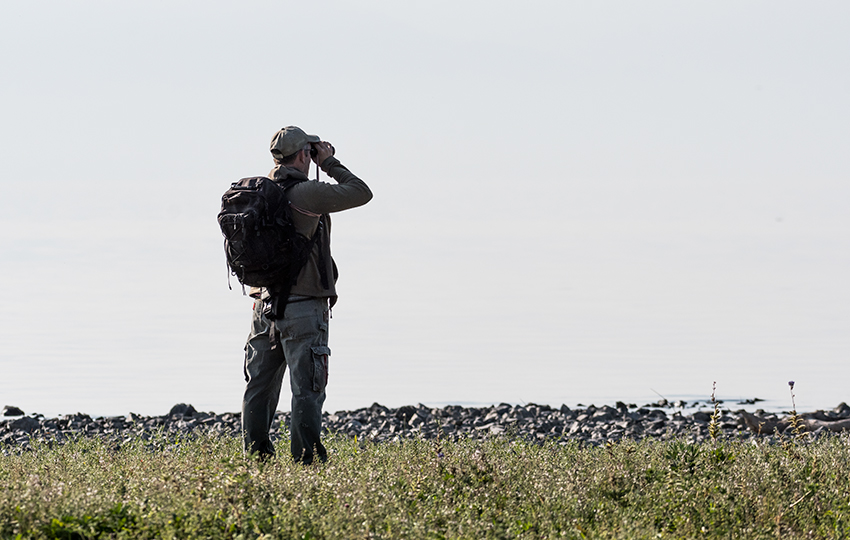
Benefits of Participating in an Organized Big Year
As I mentioned above, 2022 marks my second year in a row of doing a Big Year. In 2021, I participated in the Tahoe Big Year (birds) and in 2022 the Tahoe Wildflower Big Year (plant life). This is part of the Tahoe Institute for Natural Science’s 3-year cycle.
- Tahoe Big Year (birds)
- Tahoe Wildflower Big Year (plant life)
- Break Year
I’m grateful that TINS hosts these events. I get to participate in a citizen science project that’s directly related to my home. It takes nothing to sign up and get involved. TINS lays out the rules and handles the online platforms to which we submit our observations. They also provide support if there are any questions regarding the experience. Additionally, they host hikes and other informational sessions directly related to the Big Year. Lastly, TINS attracts many participants thanks to its prominence as a leader in nature-related education and outreach at Lake Tahoe. So, you get to benefit from having many other participants.
I realize that Lake Tahoe is pretty unique in this situation. That is, there’s an actual natural science-based organization that serves Lake Tahoe. Assuming this isn’t the case for you, I recommend checking in with your local high schools and colleges. Their natural science departments may host Big Year types of events such as bioblitzes (essentially “big days or weekends”). If neither schools are planning such an event, though, you’ll have to be creative and do your own thing.
All of that said, you could totally do a Big Year hosted by the American Birding Association (ABA). And there are numerous other large-scale Big Year events that span entire countries and continents. Just check online and I’m sure you’ll find something.
However, I prefer to stay local. Doing these Big Years in my literal and figurative backyard ultimately deepens my connection and appreciation for my home. And it costs me a lot less time and money because I don’t have to make a big production out of the whole thing. Like I previously said, I do a lot of searching when I’m out running errands!
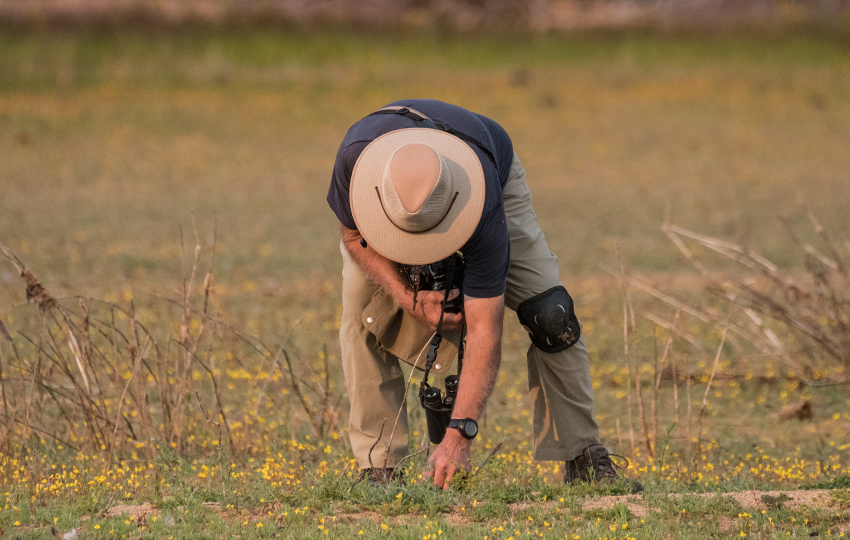
Alternatives to Participating in a Formal Big Year
Admittedly, doing a big year by yourself would be challenging. But that’s not to say that it can’t be done if there aren’t any (local to you) organizations or institutions that host Big Years.
For performing an independent Big Year, choose your year and then set a geographical range or boundary for the event. This could be your backyard, city or county limits, or state borders.
Keep in mind that the smaller the range you set, the more manageable the experience will be (i.e. won’t cost as much time or money to travel). However, limiting those boundaries also limits the diversity of species in which you’ll find. Basically, the more habitats you can include within your project range will yield more species.
In that same vein, you could choose a specific habitat in which to monitor all year. This could be a watershed area, meadow, swamp, desert, lake… Choosing a single, unique location is a great way in which to really become immersed in a specific micro-climate. Watching the location change throughout the seasons is highly rewarding.
Another idea for a project boundary could be to document the species of a nearby city or state park or National Forest. Again, just be clear about the boundaries in which you’re studying. Having that framework makes things much simpler. For example, without borders it’s easy to let yourself endlessly wander!
You could also choose to do a shorter timeframe versus the full calendar year. For example, you could do multiple Big Days throughout the year. Maybe you could choose one day of each month to search. You could do a Big Month. One of the summer months will yield the most species, but a winter month could be challenging and interesting. You could also do a Big Season. Again, summer would most likely yield the most species.
I recommend setting up an iNaturalist.org project if you’re going to perform an independent Big Year. I’m not going to go into the details here about how to start those iNat projects. However, know that they’re available and would be ideal for you because they’d offer a framework and accountability. Basically, other iNat users would have access to your observations (via your photos) and could provide feedback and ID confirmations.
You’d also be contributing to research grade science so long as your ID’s are confirmed. Lastly, you may just get some followers of the project who also want to participate. Therefore, you’d turn your independent project into something bigger and more inclusive.
Final Thoughts
Big Years are rewarding. Period. The only real drawback that I experience is the amount of time I spend searching for birds or plants (and then dealing with the subsequent photos). But a Big Year is not a forever thing. They do come to an end. And then we can all get back to our “normal” lives.
But the friends I’ve made and the knowledge I’ve gained has been worth every minute of every Big Year in which I’ve participated. So, I joke about its challenges. But I’d do it all over again (which I have!).
I wrote an essay back in the December of 2021 as a recap of that year’s birding Big Year. So, check that out if you want more insight into what it’s like to do a Big Year.
And always feel free to ask any and all questions about my experience(s). Post those questions in the comment section below so that others may benefit from our conversation.
A direct result of participating in Lake Tahoe Wildflower Big Years is that I’ve had the opportunity to observe various rare Lake Tahoe wildflowers (see above slideshow). Of course, you can always go out and specifically find these rare species on your own. However, it’s much easier to locate and ID them when other participants are also finding them.
Best Wildflower Hikes of Lake Tahoe
Please note that this is an abridged list of Tahoe wildflower hikes. There are countless wildflower hikes at Tahoe and it’s simply going to take me time to compile them all. In the meantime, here’s a start. Please note that those locations without a link are articles I’ve yet to write.
- Winnemucca Lake
- Frog Lake
- Washoe Meadows State Park
- Cathedral Meadow
- Spooner Lake
- Rabe Meadow
- Meek’s Creek
- Paige Meadows
- Tahoe Meadows
- Watson Lake
- Freel Meadows
Articles About Lake Tahoe Plants and Wildlife
The following Tahoe Trail Guide articles feature information, history, and stories about the various forms of plant and wildlife that you can find at Lake Tahoe.
Lake Tahoe Wildflowers
- Two Major Factors that Determine Peak Bloom Times for Wildflowers at Tahoe
- Tips for Finding Wildflowers at Tahoe
- The Sinister Mustard Flower Rust
- Big Yellow Wildflowers with Big Green Leaves called Woolly Mule’s Ears and Arrowleaf Balsamroot
Trees of the Sierra Nevada
Birds of Lake Tahoe
- The Tree Cleaving Pileated Woodpecker
- How Woodpecker Contribute to Healthy Forests at Lake Tahoe (and other fun facts)
